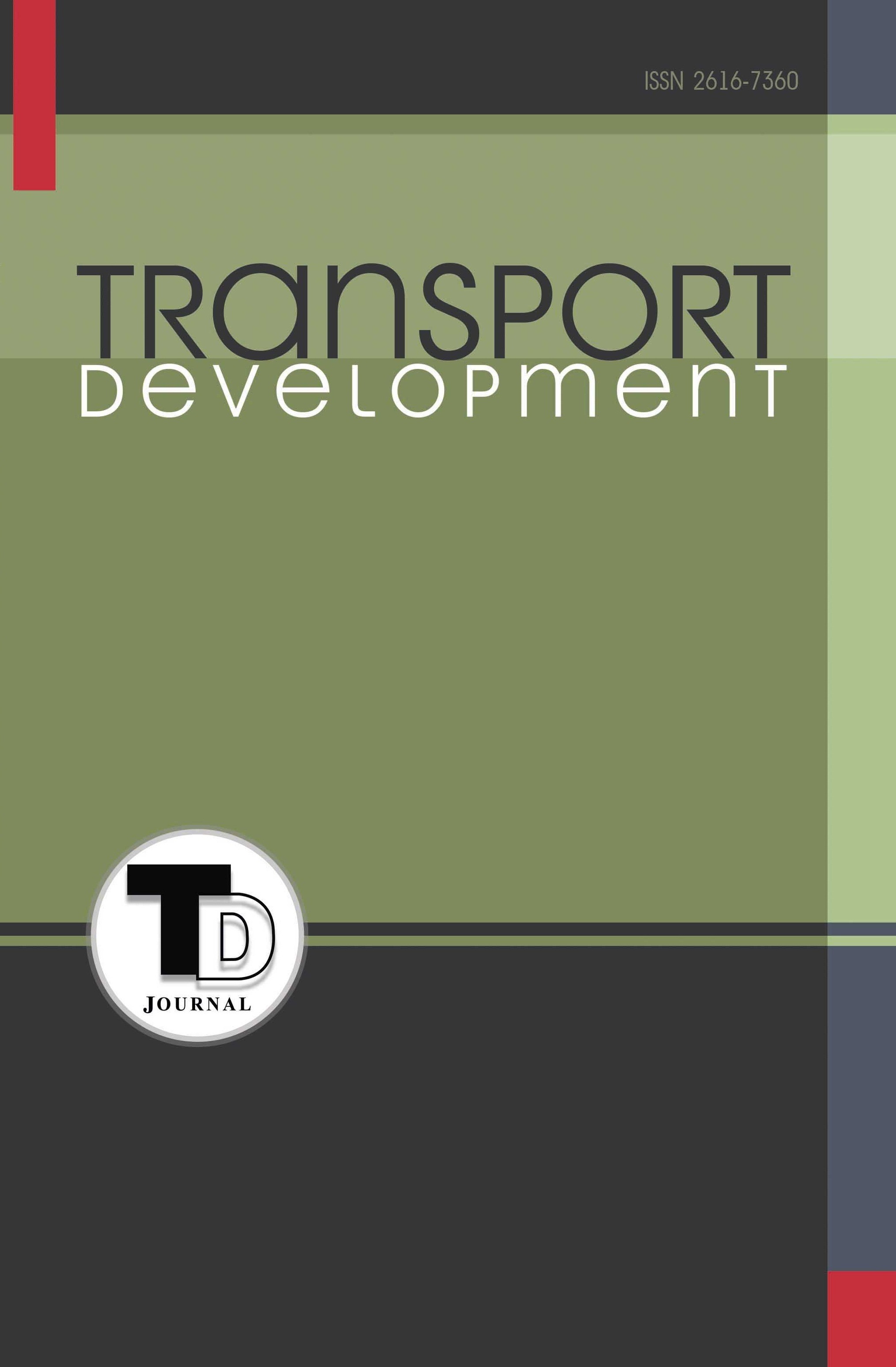COMPUTER-ORIENTED FIVE MOMENT METHODS IN CALCULATING THE BENDING FOR SHIP'S FLOORS
Abstract
Introduction. Approximate methods for assessing the overall and local strength of ships can be used in the early stages of ship design, launching, docking and training. A new version of the advanced and universalized five-point method (M5M) has been proposed. Purpose. The aim of the research is to develop a new version of M5M for the rod model of bending of ship floors with the following tasks: taking into account in the beam model of ship floors irregular placement of main beams (BGN) and cross beams (PB) beams; taking into account the shear deformation in the walls of the floor beams; taking into account the band load from the descent tracks and the docking support device (DOP) when docking vessels. Results. A computer-based method of calculating the bending of ship floors, taking into account their features in the design of ships, descent from the berth and docking. An algorithm and a calculation technique for considering the problems of calculating the bending of floors in the process of designing ships, their descent from a longitudinal inclined berth and installation in a dry or floating dock. Implemented a simplified beam model for estimating the bending of ship floors on the basis of M5M, which is common and universalized for practical calculations taking into account the following factors: irregular placement of floor beams, arbitrariness of their boundary conditions; load distribution between beams of both directions and types of load on the floor; taking into account the deformation of displacements in the walls of the beams; taking into account the peculiarities of deformation of the bottom floors of vessels during their descent from an inclined longitudinal berth and docking due to the consideration of the strip load of the beams.
Downloads
References
2. РД 5-076.011-82. Методические указания. Методы расчёта прочности. Расчёт на ЭВМ общей и местной прочности кораблей и судов при постановке в сухой и плавучий доки (1982). Ленинград : Судостроение. 237 с.
3. Козляков В.В., Финкель Г.Н., Хархурим И.Я. Проектирование доковых опорных устройств. Учебное пособие. Ленинград : Судостроение, 1973. 176 с.
4. Антоненко С.В. (2008) Обеспечение прочности, остойчивости и непотопляемости судов при ремонте. Владивосток : ДВПИ. 231 с.
5. Сердюченко А.М., Лугінін О.Є., Коршиков Р.Ю. та ін. Основи теорії пружності, будівельної механіки, міцності та вібрації суден. Навчальний посібник. Миколаїв : Видавництво НУК, 2012. 424 с.
6. Палий О.М. Справочник по строительной механике корабля. В 3-х томах. Ленинград : Судостроение. 1982. Т. 1. 376 с.
7. Лугінін О.Є., Філатова Н.А. Універсалізація використання методу п’яти моментів в розрахунках згину суднових перекриттів на ПК. Сучасні технології проектування, побудови, експлуатації та ремонту суден, морських технічних засобів і інженерних споруд : матеріали Всеукраїнської науково-технічної конференції з міжнародною участю, 20–21 травня 2018 р. Миколаїв : Видавництво «Торубара В.В.», 2018. С. 114–116.
8. Лугінін О.Є., Коршиков Р.Ю., Терлич С.В. Застосування інформаційних технологій в забезпеченні міцності і вібрації суден та їх конструкцій. Вісник Приазовського державного технічного університету. 2018. Вип. 37. Серія: «Технічні науки». С. 120–128.
9. Лугінін О.Є., Терлич С.В., Коршиков Р.Ю. До розрахунку міцності днищових перекриттів з урахуванням особливостей при спусканні та постановці судна в док. Інновації в суднобудуванні та океанотехніці : матеріали ХІ Міжнародної науково-технічної конференції, 24–25 вересня 2020 р. Миколаїв : НУК, 2020. С. 39–44.
10. Коростильов Л.І., Щедролосєв О.В. Міцність суднового корпусу і його елементів при побудові, спуску та докуванні : навчальний посібник. Миколаїв : НУК, 2020. 68 с.





